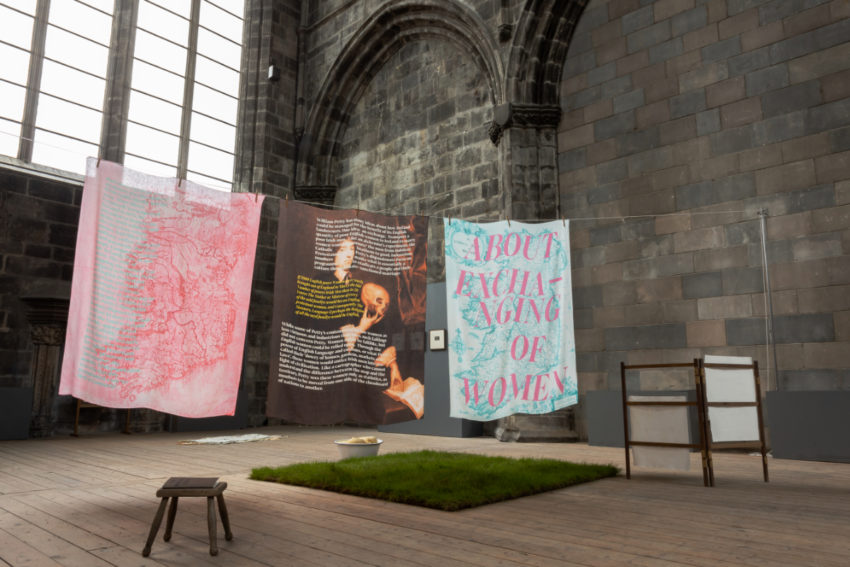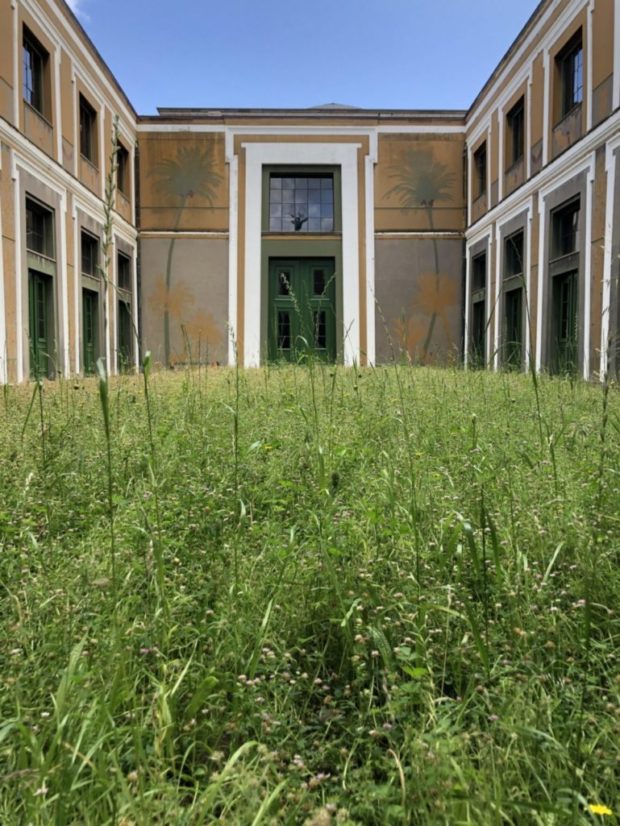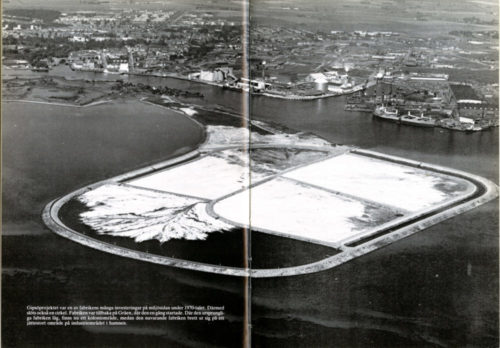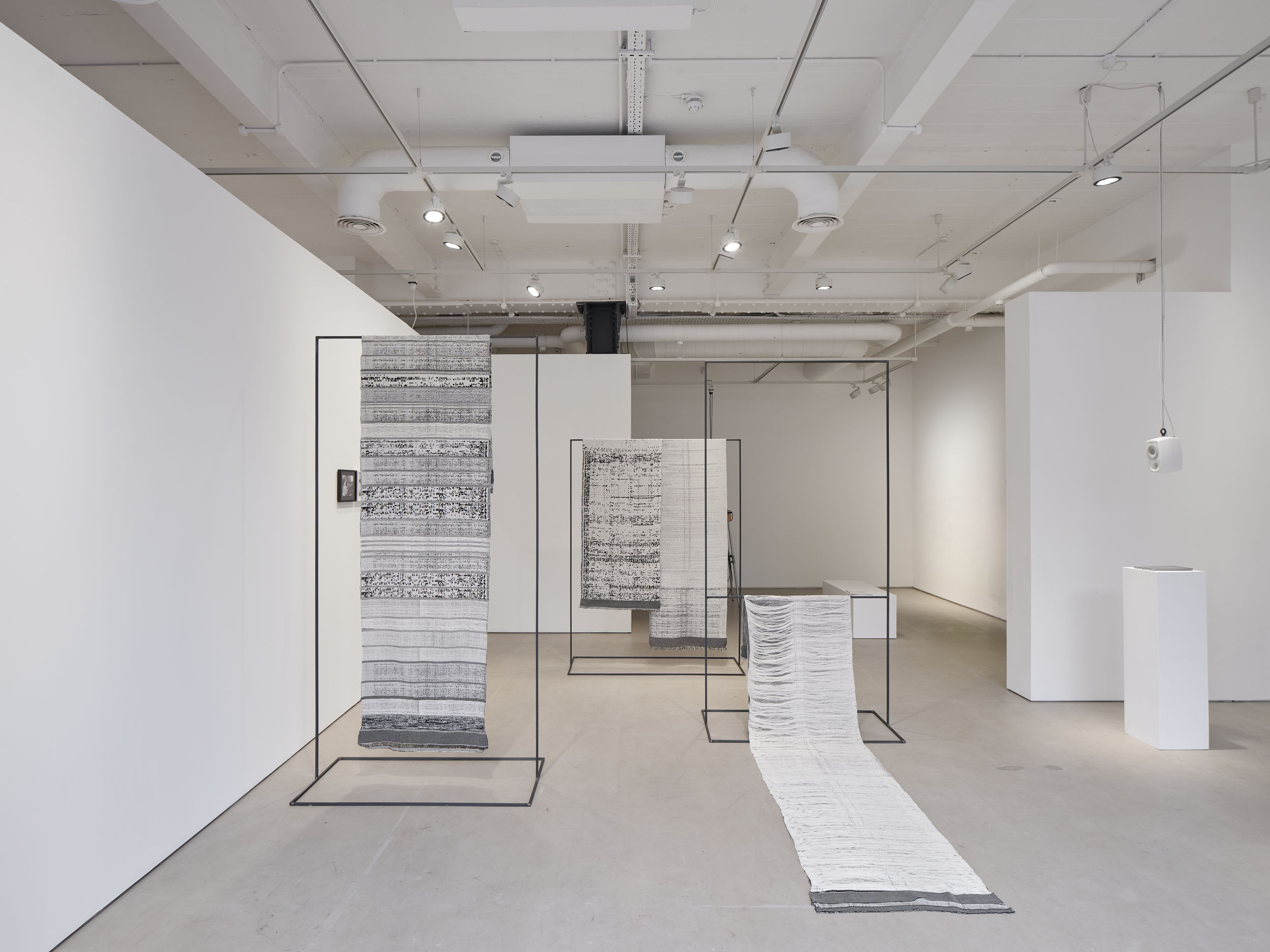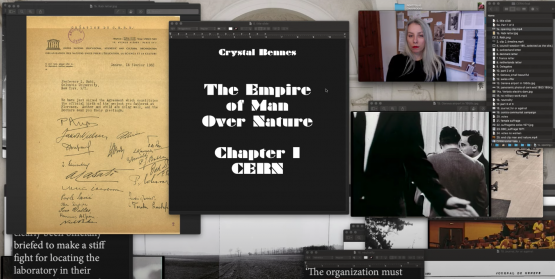An informal canvassing of my friends about the origin of the construction hoarding revealed that many think them to be a relatively recent invention. One said he thought they were the product of the “considerate construction” scheme, where, since the mid-1990s builders have played nice and hidden the messy business of building new buildings behind oversized shower curtains.
In actual fact, I’ve dug up records of construction hoardings in London as far back as 1928 – on the site of what is now Greater London House in Mornington Crescent. Back then, the hoardings mostly advertised non-related goods – “Wills’s New Brand Anchor Navy Cut Cigarettes” – the only nod to the new development being a small, overlaid sign that said:
“About THIRTY SHOPS BEING ERECTED
on THIS FRONTAGE and LAND AVAILABLE.”
Today, however, with the proliferation of marketing speak in every part of modern life, building hoardings have gone from being plain plywood buffers between construction mess and passing pedestrians, to being key players in the new reign of life-changing, luxury living investment opportunities.
I used to find myself infuriated every time I walked by a hoarding, its wall of meaningless sentiment, seemingly grabbed at random from a big sack of nonsense words: luxury, community, opulence, regeneration, vision, futuristic. While nonsensical combinations of idiotic words might have meant something to someone with enough care or cash to buy such a lifestyle, to me it meant little more than: “Soon neither you nor anyone you know will be able to live in London.”
As an outlet for my frustration, I started Development Aesthetics, a simple Tumblr blog (developmentaesthetics.tumblr.com) cataloguing the ridiculous (and sometimes not so ridiculous) hoardings, mainly in and around London. I’m not alone in finding contemporary construction hoardings, with their “landmark destinations”, “vibrant community hubs” and “futuristic sky level apartments”, to be a crime against design – nay, a crime against society. Since I started Development Aesthetics, people have started sending me snaps of stupid hoardings from their local areas. The best so far was one from Seattle, which read, I kid you not: “Tap into extreme popularity: Living at Coppins Well will make your Facebook friend count rise like a thermometer. Why? Check out the view.” Where do you even begin to start with such a sentiment?
Recently, I met a very nice woman who used to work in the marketing department of one of the bigger luxury apartment developers in London. She told me that they used to spend days and weeks agonising over every word and image on their hoardings. It goes to show that design crimes aren’t just about good or bad design. What use is “improving the image of construction” (the Considerate Constructors Scheme slogan), if you aren’t improving the problems lurking below the surface – affordability, security and availability?
Originally published in Icon Magazine 131, May 2014.


